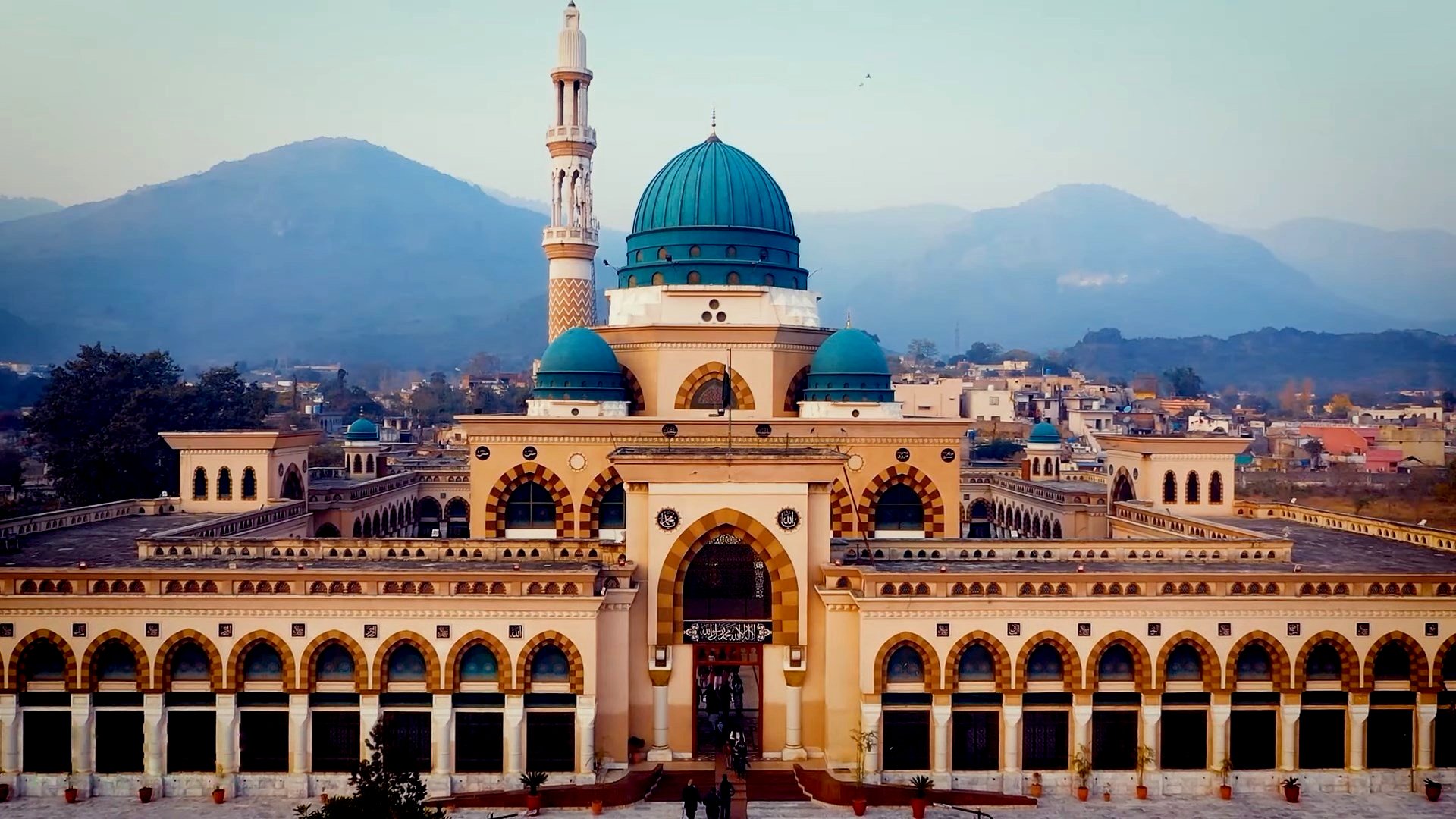Tourist Attractions In Pakistan
Shah Rukn-e-Alam is a magnificent Sufi shrine located in Multan, Punjab. Built in the 14th century, it serves as the final resting place of the revered Sufi saint Hazrat Shah Rukn-ud-Din Abul Fateh. The tomb is an architectural masterpiece of Indo-Islamic design, featuring red brickwork and intricate blue tile decorations. It attracts thousands of devotees and tourists, symbolizing spiritual heritage and cultural significance in Pakistan.
The Bari Imam Shrine, located in Nurpur Shahan at the foothills of the Margalla Hills in Islamabad, is a revered 17th-century Sufi shrine dedicated to Shah Abdul Latif Kazmi, known as Bari Imam or Bari Sarkar. Built by Mughal Emperor Aurangzeb and renovated multiple times, including recent expansions by the Government of Pakistan, the shrine is a major pilgrimage site for the Qadiriyya Sufi order, attracting millions of devotees annually. Known for its silver-mirrored interior, Mughal-inspired architecture, and spiritual ambiance, it offers peace, cultural heritage, and free langar food, making it a significant religious and tourist destination.
Golra Sharif Darbar, located in Sector E-11 of Islamabad at the foothills of the Margalla Hills, is a revered 20th-century Sufi shrine dedicated to Pir Meher Ali Shah, a prominent scholar and poet of the Chisti order. Established in the early 1900s, the shrine attracts thousands of devotees annually, especially during Urs celebrations, for spiritual guidance and blessings. Known for its white marble architecture and serene ambiance, Golra Sharif is a cultural and religious landmark, complemented by the nearby Golra Sharif Railway Museum, which showcases Pakistan’s railway heritage.





